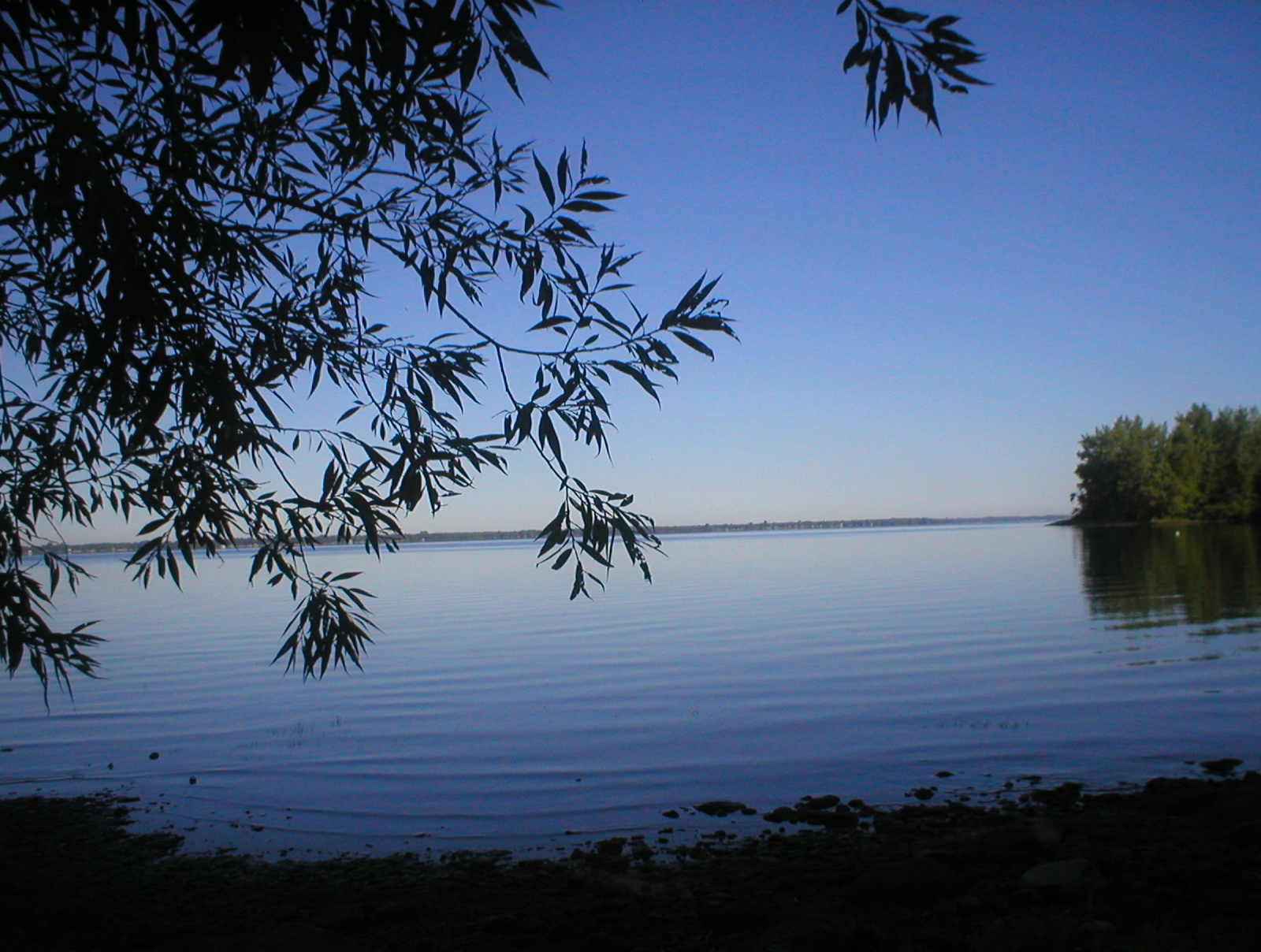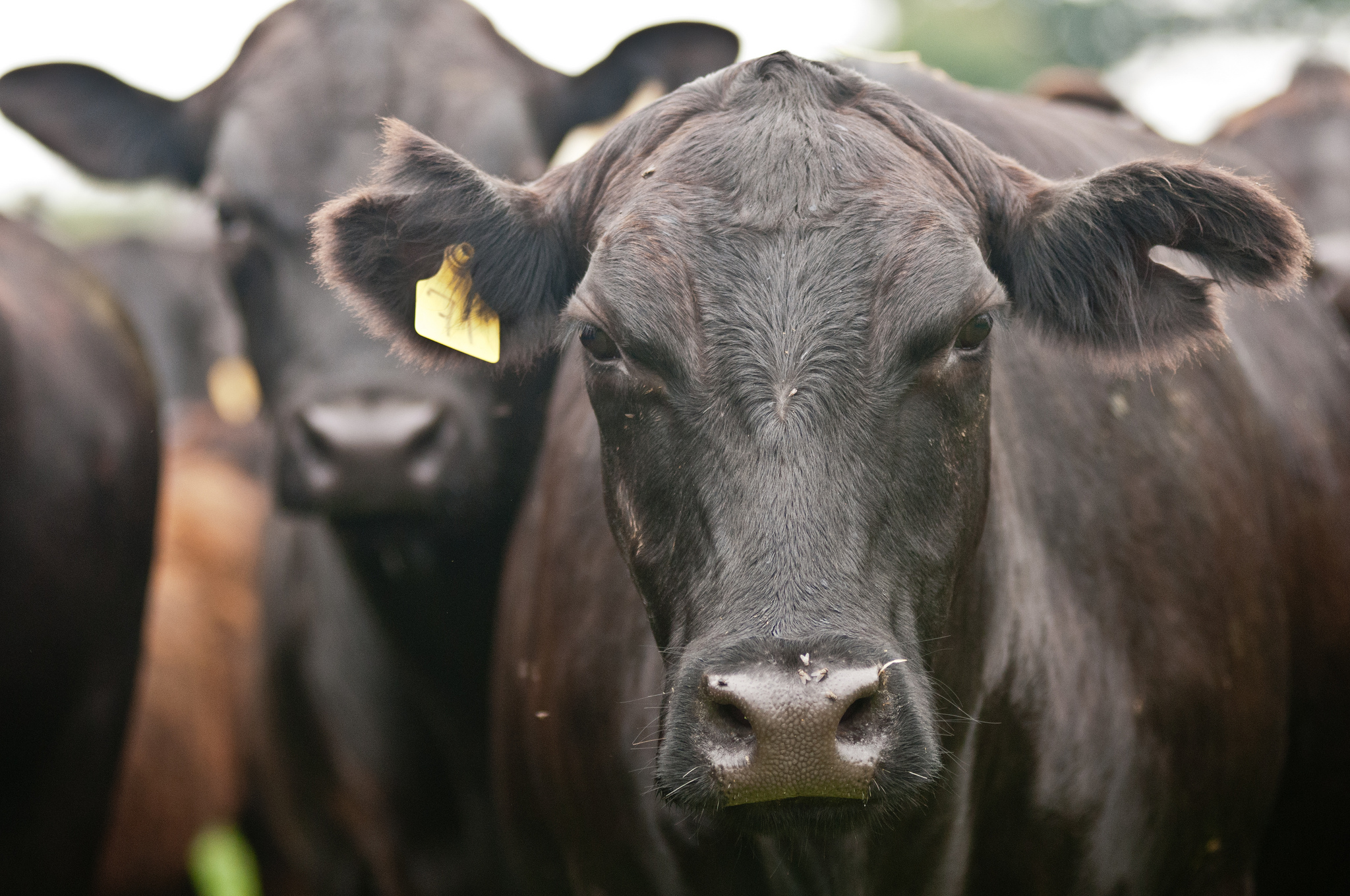Most of the planet’s freshwater stores are found in the northern hemisphere, a region that is changing rapidly in response to human activity and shifting climate trends. A recent study analyzed 147 northern lakes and found that many rely on nutrients from tree leaves, pine needles, and other land-grown plants to feed aquatic life.
land
Saving Bees With Software
The worldwide decline in the population of bees and other pollinators has impelled farmers to do what they can to encourage and nurture bees on their land. Protecting bees is important because pollinators are essential for growing many foods including coffee, cacao, almonds and many other fruits and vegetables.
NASA And Chimpanzees
Increasingly, conservation organizations are increasingly relying on satellite imagery to help save wildlife. The Jane Goodall Institute, a nonprofit focused on chimpanzee conservation, uses NASA’s and the U.S. Geological Survey’s Landsat satellite images to guide their chimpanzee conservation strategies.
The Ocean As A Heat Sink
From 1998 until 2013, scientists observed a slowing in the rate of global mean surface warming. In other words, global temperatures were not rising as quickly as before. This quickly became known as the “global warming hiatus.”
Tricks In Our Treats
Halloween is traditionally a day when we choose to ignore the inconvenient truths about candy. Many of us overindulge on sweet treats and give little thought to what’s inside… particularly with respect to nutrition.
Wilderness Lost
Wilderness areas are strongholds for biodiversity. They buffer and regulate local climates, and they support many of the world’s most politically and economically marginalized communities. While there is a great deal of attention being paid to the loss of species around the world, there is relatively little focus on the loss of entire ecosystems. Simply put, wilderness is on the decline, and it has been ever since human civilization began its inexorable expansion.
A Solar Airport
Cochin International Airport in southern India is the seventh busiest airport in the country. Its managers were fed up with the facility’s large electric bills and decided to take matters in their own hands.
Size Matters
One of the crowning achievements for wildlife protection in the US was the establishment of the National Wildlife Refuge system in the 1930s, when the populations of waterfowl were perilously low. Refuges provided breeding and migratory habitat that has allowed a remarkable recovery of many species of ducks and geese.












